|
The troubling State of the Environment report released on Tuesday left no doubt as to the grave predicament facing Australia’s precious natural assets. It outlined a litany of woes, from acidic seas to denuded plains, and plant and animal species on the slow march to annihilation. The report was overwhelmingly sad. It was also, one might hope, a call to action.
That action is largely in the hands of the new Labor government and its Environment Minister Tanya Plibersek. In a speech on Tuesday, Plibersek acknowledged the urgent need for change and foreshadowed a suite of reforms.
But a proper overhaul of Australia’s environment laws is a notoriously difficult policy task. There’s no way to please everyone. Many noses will be knocked out of joint, and political enemies made.
As Laura Schuijers and Thomas Newsome write today, the devil will be in the detail of Labor’s new policies. The changes must be courageous and wide-ranging – and come with adequate funding attached. Success, and failure, must be rigorously measured and reported. And slowing climate change must be front and centre in the government response.
There’s much at stake, and very little time. As you read this, just a few mating pairs of some bird species remain outside captivity. Bulldozers are clearing the last patches of native scrub from already barren landscapes. Australia’s wild places need our help now more than ever – and we also need them. Because the report made one thing clear: as this ancient continent’s ecosystems collapse, so too does their ability to support human life.
|

|
Nicole Hasham
Section Editor: Energy + Environment
|
|
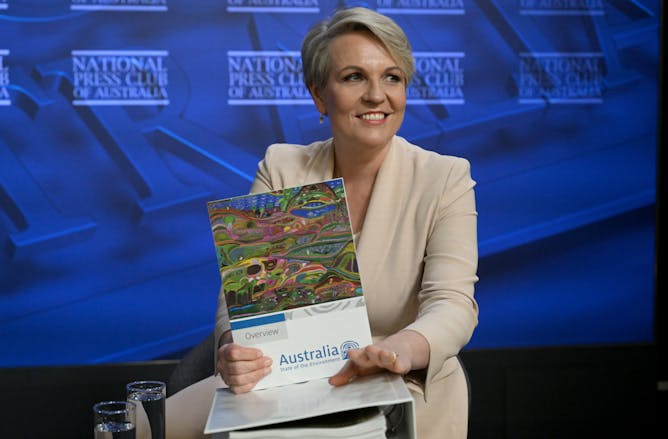
Laura Schuijers, University of Sydney; Thomas Newsome, University of Sydney
Federal Environment Minister Tanya Plibersek acknowledges “it’s time to change” after the State of the Environment report revealed a bleak picture of Australia’s natural places. In a speech on Tuesday…
|
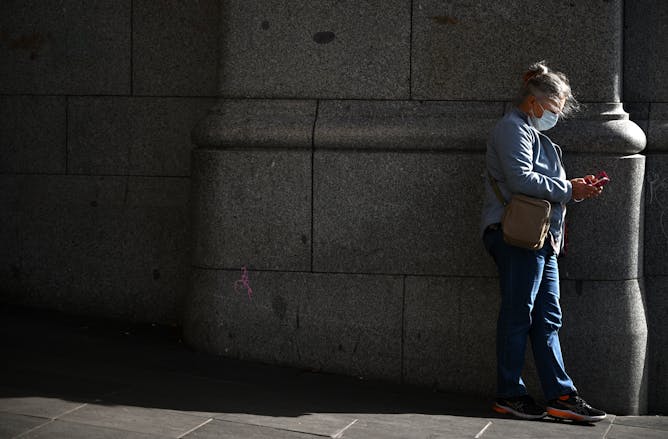
Adrian Esterman, University of South Australia
A combination of seasonal factors, under-diagnosis and under-reporting could explain why rates of COVID hospitalisation and death are rising faster than cases.
|
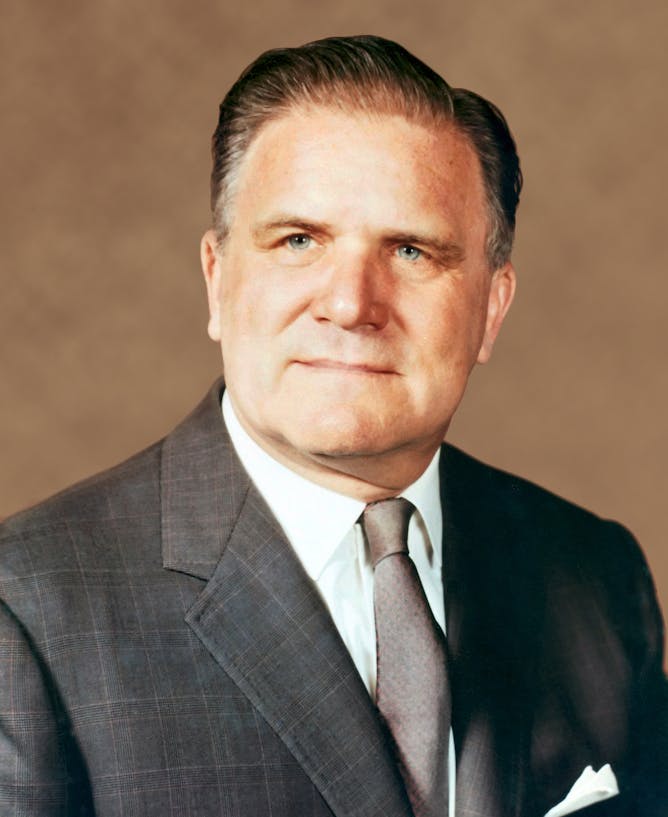
Alice Gorman, Flinders University
In the excitement, it’s easy to forget the James Webb Space Telescope’s namesake has been the subject of controversy.
|

Jen Webb, University of Canberra
The five shortlisted novels share various threads concern – childhood stories, themes of migration and male violence – but are infused with a sense of play and measured optimism.
|
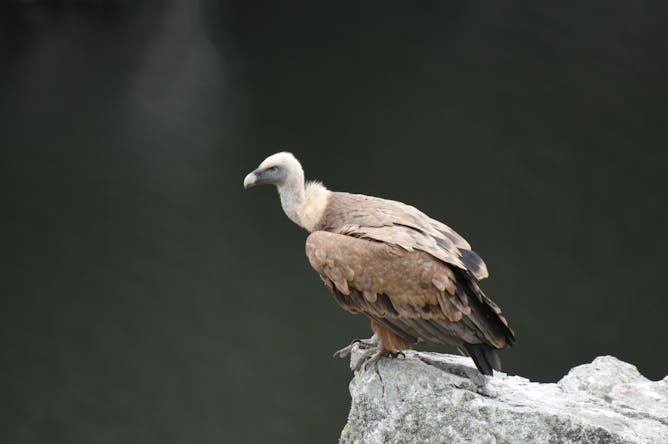
Ellen K. Mather, Flinders University
The identification of a vulture that lived more than 50,000 years ago is shedding more light on biodiversity loss and ecosystem change in Australia.
|

John Donne Potter, Massey University
SARS-CoV-2 is not the first virus to cause unexplained chronic illness, but the sheer size of this pandemic means more people will develop long COVID.
|

Michelle Grattan, University of Canberra
The review will examine the bank’s Act, its inflation target, its management and recruitment process and the composition of its board.
|
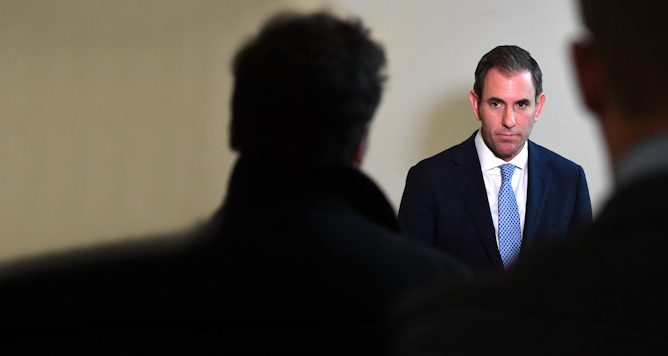
Peter Martin, Crawford School of Public Policy, Australian National University
From October, Australia will start routinely quantifying the benefits as well as costs of federal spending. It’s already shaping up as the new treasurer’s most important legacy.
|

Ashika Paramita, Deakin University
Thor: Love and Thunder takes another step forward in the representation of embodiment of female heroism and power, through Natalie Portman’s embodiment of The Mighty Thor.
|
Politics + Society
|
-
Joanne Wallis, University of Adelaide; Anna Powles, Massey University; Solstice Middleby, University of Adelaide
Both Anthony Albanese and Jacinda Ardern had successful meetings at the Pacific Islands Forum – but there is much more work to be done in the region.
-
Joo-Cheong Tham, The University of Melbourne
Four of Labor’s reform pledges are linked to the urgent issue of democratic reform
|
|
Health + Medicine
|
-
Daryl Cheng, Murdoch Children's Research Institute; Margie Danchin, Murdoch Children's Research Institute
It’s natural to have questions about the risks and benefits of COVID vaccines in young children. Here’s what you need to know ahead of Australia’s rollout.
-
Oliver Frank, University of Adelaide
If you do get COVID and you’re eligible for antiviral treatment, you’ll want to get them quickly. That’s why being prepared is a good idea.
|
|
Science + Technology
|
-
Stanley Serafin, UNSW Sydney
A change in climate may have triggered the decline and collapse of the Mayan city of Mayapán in the 15th century.
|
|
Environment + Energy
|
-
Rebecca Pearse, Australian National University
Environment groups are pushing the Greens to accept Labor’s emissions target. What do these tensions mean for climate action?
|
|
Arts + Culture
|
-
Natasha Ginnivan, UNSW Sydney; Kaarin Anstey, UNSW Sydney
When Maree was given flowers by a TikTok influencer, she felt ‘de-humanised’ and reduced to her age. Here is how benevolent ageism shows up in our society.
|
|
Business + Economy
|
-
Michelle Grattan, University of Canberra
The review will examine the bank’s Act, its inflation target, its management and recruitment process and the composition of its board.
-
Stephen Hickson, University of Canterbury
It has been decades since many countries have faced significant rises in inflation. But thanks to the invasion of Ukraine and COVID-19, we are now having to learn just what rising inflation means.
|
|
| |
|
|
|
Cranlana Centre for Ethical Leadership at Monash University
Melbourne VIC, Australia
•
Full Time
|

|
|
|
|
| |
| |

|
| |
| |
| |
Featured Events, Courses & Podcasts
|
View all
|
|
|
|
| |
| |
| |
| |
| |
|
|